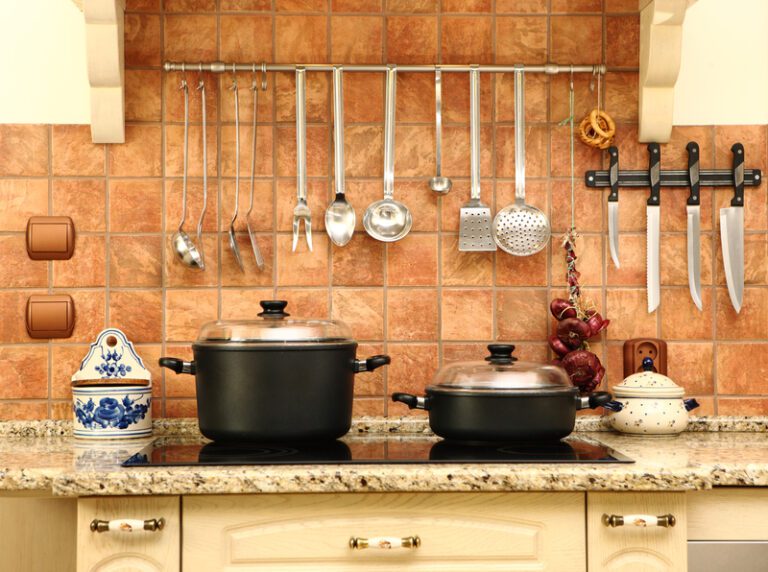Some of the links in this post are affiliate links. This means if you click on the link and purchase the item, I will receive an affiliate commission at no extra cost to you. All opinions remain my own.
As the weather changes and cost of living rises, we have to be proactive to afford our most basic household bills. Saving money on these bills is a good way to do this. As someone who lives in Indiana, which I swear loves to kill us with weird weather, I know my bills will never be normal. One summer I can barely use my air conditioner and the next it is on 24/7. There are ways to help these costs that pop up, some are easy, quick, and cheap fixes. Others are a big investment that helps you later on through the years. Here are some ways to save on your household bills as well as get rebates back from your utility companies and insurance.

Bills To Save On:
- Electric
- Water
- Gas
- TV
- Internet
- Phone
Ways to Save:
- For Electric:
- Keep items unplugged and turned off when not in that room.
- Install Solar Panels
- Change Light Bulbs to LED Light Bulbs
- Switch Appliances with Energy Efficient Ones
- Use Blackout Curtains
- Make sure dishwasher or water is loaded fully before running
- Keep temp of house at 68-70
- For Water:
- Switched the insides of your toilet to energy efficient one
- Completely replace toilet
- Make sure you are doing full loads in dishwasher and washer
- When washing dishes by hand make sure to keep water off between rinses
- Replace water heater
- Replace washer
- Make sure there are no leaks
- Replace Dishwasher
- For Gas:
- Replace Gas appliances
- Keep Temp of house at 68-70
- Use Blackout curtains
- Block off less used rooms during winter
- Change heater filter once a year
- Invest in crockpot, instant pot, George Foreman grill and a griddle
- For TV:
- Cut Cable and Satellite
- Invest in a streaming device or laptop
- Use HDMI cable from laptop to tv
- Check into Project Free TV
Cut Costs: Save Money on Utilities
Utility bills can often feel like a complex puzzle, filled with numbers and terms that may not be immediately clear. To effectively manage your household expenses, it is crucial to understand the components of these bills. Typically, utility bills encompass charges for electricity, gas, water, and sometimes sewage services.
Each of these services is calculated based on usage, which is measured in kilowatt-hours (kWh) for electricity, therms, or cubic feet for gas, and gallons or cubic feet for water. Understanding how these units translate into costs is the first step toward better management of your utility expenses. Moreover, utility bills often include additional fees that can significantly impact the total amount due.
These may include fixed charges, which are consistent regardless of usage, and variable charges that fluctuate based on consumption. Some bills also feature demand charges, particularly for commercial accounts, which are based on the highest level of energy consumption during peak hours. Familiarizing yourself with these terms and how they apply to your specific situation can empower you to make informed decisions about your energy use.
For instance, if you notice a spike in your bill, understanding the breakdown can help you identify whether it was due to increased usage or additional fees.
Energy-Saving Tips for Heating and Cooling
Heating and cooling systems are among the largest contributors to energy consumption in a household. To mitigate these costs, homeowners can adopt several energy-saving strategies. One effective approach is to regularly maintain heating and cooling systems.
This includes changing filters every few months, ensuring that vents are unobstructed, and scheduling annual professional inspections. A well-maintained system operates more efficiently, which can lead to significant savings on energy bills over time. Another practical tip is to utilize programmable thermostats.
These devices allow homeowners to set specific temperatures for different times of the day, ensuring that heating or cooling only occurs when necessary. For example, lowering the thermostat during the night or when the house is unoccupied can lead to substantial energy savings. Additionally, utilizing ceiling fans in conjunction with heating and cooling systems can enhance comfort levels while allowing for higher thermostat settings in summer and lower settings in winter.
This dual approach not only reduces energy consumption but also prolongs the lifespan of HVAC systems.
Water-Saving Strategies
Water conservation is not only beneficial for the environment but also for your wallet. Implementing water-saving strategies can lead to noticeable reductions in your water bill. One of the simplest methods is to install low-flow fixtures in bathrooms and kitchens.
Low-flow showerheads and faucets can significantly reduce water usage without sacrificing performance. For instance, a standard showerhead uses about 2.5 gallons per minute, while a low-flow model can reduce that to 1.5 gallons per minute or less. In addition to fixtures, homeowners should consider their landscaping practices.
Xeriscaping, which involves using drought-resistant plants and efficient irrigation techniques, can drastically cut outdoor water usage. Installing drip irrigation systems instead of traditional sprinklers ensures that water goes directly to the roots of plants, minimizing evaporation and runoff. Furthermore, collecting rainwater in barrels for garden use is an eco-friendly way to supplement outdoor watering needs while reducing reliance on municipal water supplies.

Upgrading to Energy-Efficient Appliances
| Metrics | 2018 | 2019 | 2020 |
|---|---|---|---|
| Number of households upgrading | 500,000 | 600,000 | 700,000 |
| Energy savings (kWh) | 1,000,000 | 1,200,000 | 1,400,000 |
| Cost savings () | 100,000 | 120,000 | 140,000 |
Investing in energy-efficient appliances is a strategic move that can yield long-term savings on utility bills. Appliances such as refrigerators, washing machines, and dishwashers are often rated by the Energy Star program, which identifies products that meet strict energy efficiency guidelines set by the U.S. Environmental Protection Agency (EPA). For example, an Energy Star-rated refrigerator uses about 15% less energy than non-rated models, translating into significant savings over its lifespan. When considering upgrades, it’s essential to evaluate not only the initial cost but also the potential savings over time. While energy-efficient appliances may have a higher upfront cost, they typically consume less energy and water, leading to lower utility bills. Additionally, many manufacturers offer warranties that extend beyond those of standard appliances, providing peace of mind regarding durability and performance. By replacing older appliances with energy-efficient models, homeowners can reduce their carbon footprint while enjoying modern conveniences.
Using Smart Home Technology to Save on Utilities
The advent of smart home technology has revolutionized how homeowners manage their utilities. Smart devices such as thermostats, lighting systems, and smart plugs allow for greater control over energy consumption. For instance, smart thermostats can learn your schedule and adjust heating and cooling accordingly, optimizing energy use without sacrificing comfort.
These devices often come with mobile apps that provide insights into energy usage patterns, enabling users to make informed decisions about their consumption habits. In addition to thermostats, smart lighting systems can significantly reduce electricity usage. By utilizing motion sensors and timers, these systems ensure that lights are only on when needed.
Furthermore, smart plugs allow homeowners to control appliances remotely or set schedules for when they should be powered on or off. This level of control not only enhances convenience but also contributes to overall energy savings by minimizing waste.
Weatherproofing Your Home
Weatherproofing is a critical aspect of maintaining an energy-efficient home. Proper insulation and sealing can prevent drafts and heat loss during colder months while keeping cool air inside during summer. One effective method is to inspect windows and doors for gaps or leaks that may allow air to escape or enter.
Weatherstripping and caulking are simple yet effective solutions that can be applied to seal these openings. In addition to sealing gaps, homeowners should consider adding insulation to attics and walls if they are lacking adequate coverage. Insulation materials such as fiberglass batts or spray foam can significantly improve a home’s thermal performance by reducing the amount of energy required for heating and cooling.
Furthermore, installing storm windows or using window film can enhance insulation properties while also protecting against UV rays that can fade furnishings.
Utilizing Renewable Energy Sources
The shift towards renewable energy sources has gained momentum as more homeowners seek sustainable solutions for their energy needs. Solar panels are one of the most popular options for residential renewable energy generation. By harnessing sunlight, solar panels can significantly reduce reliance on grid electricity and lower utility bills over time.
Many states offer incentives for solar installation, making it a more accessible option for homeowners. In addition to solar power, wind turbines are another renewable energy source that can be utilized in suitable locations. Small wind turbines can generate electricity for homes in rural areas where wind resources are abundant.
Furthermore, geothermal heating systems leverage the earth’s stable temperatures to provide efficient heating and cooling solutions. By investing in renewable energy technologies, homeowners not only contribute to environmental sustainability but also create opportunities for long-term savings on utility costs.
Government Rebates and Incentives for Energy Efficiency
To encourage energy efficiency and renewable energy adoption, various government programs offer rebates and incentives for homeowners. These programs can significantly offset the costs associated with upgrading appliances or making home improvements aimed at reducing energy consumption. For instance, many states provide tax credits for solar panel installations or rebates for purchasing Energy Star-rated appliances.
Additionally, local utility companies often have programs designed to promote energy efficiency among their customers. These may include rebates for home insulation improvements or discounts on smart thermostats. Homeowners should research available programs in their area as they can provide substantial financial assistance while promoting sustainable practices.
By taking advantage of these incentives, individuals not only save money but also contribute to broader efforts aimed at reducing overall energy consumption and environmental impact.





